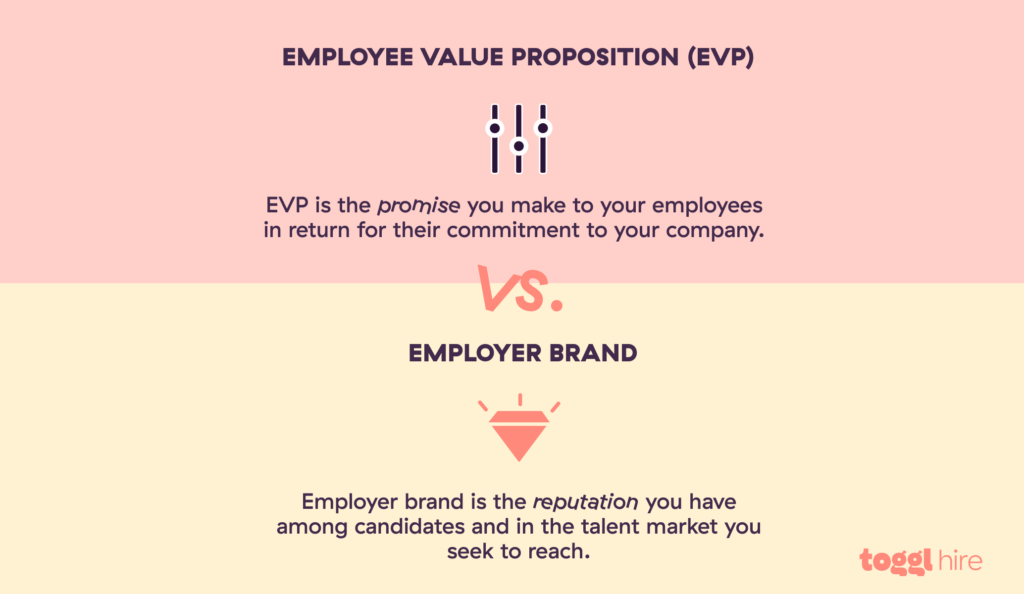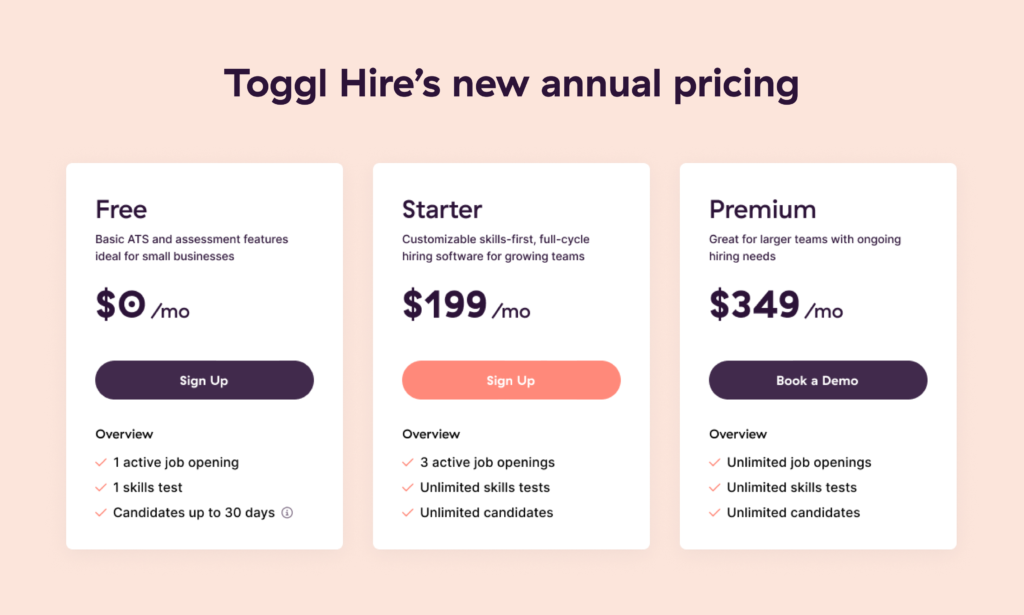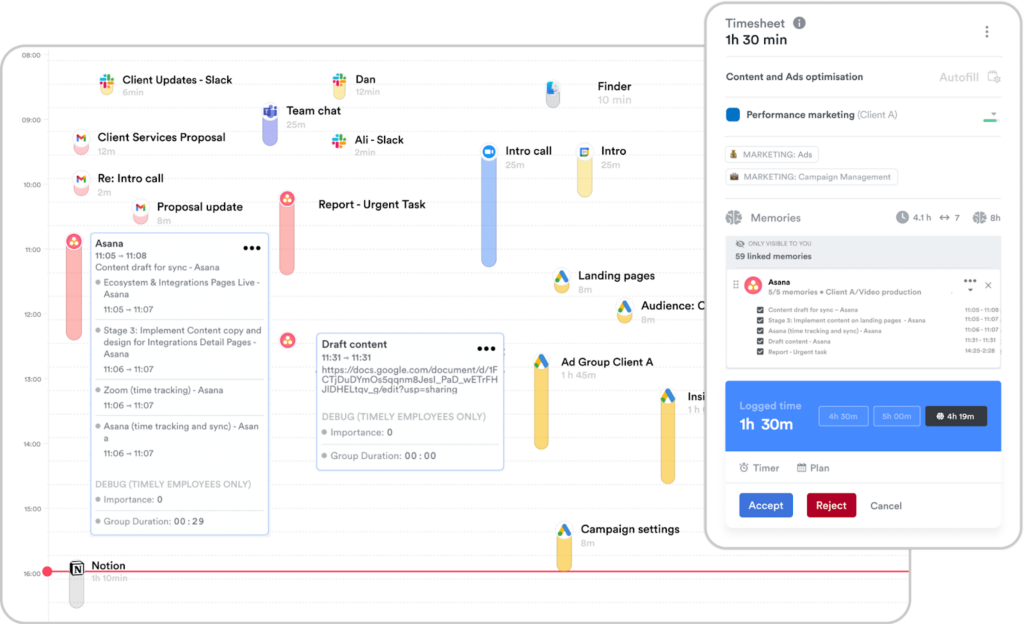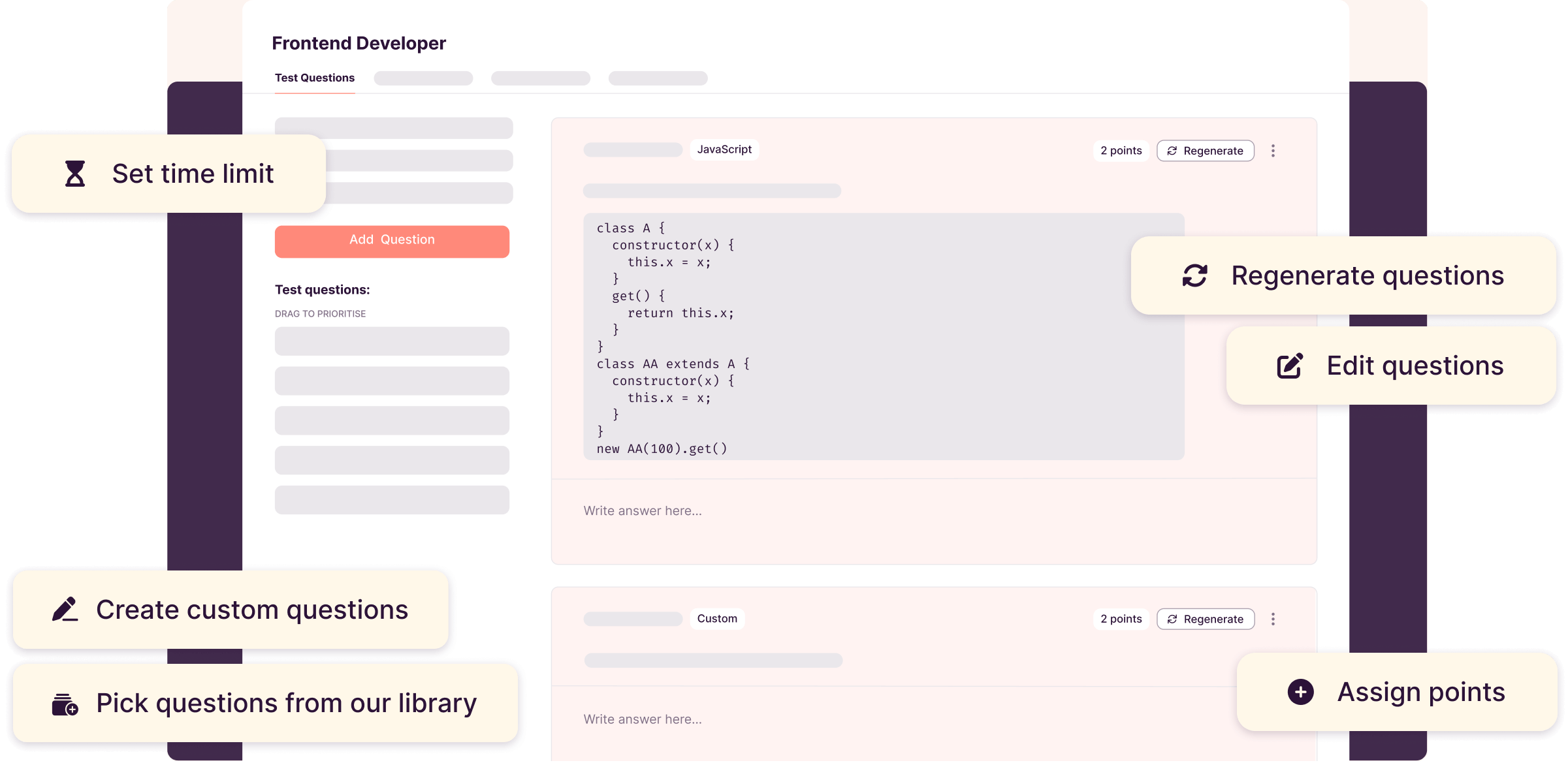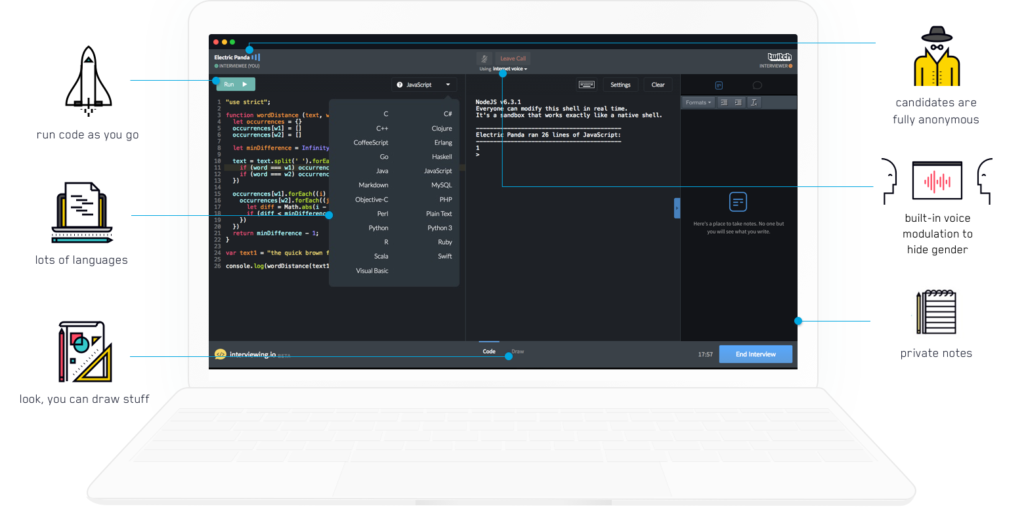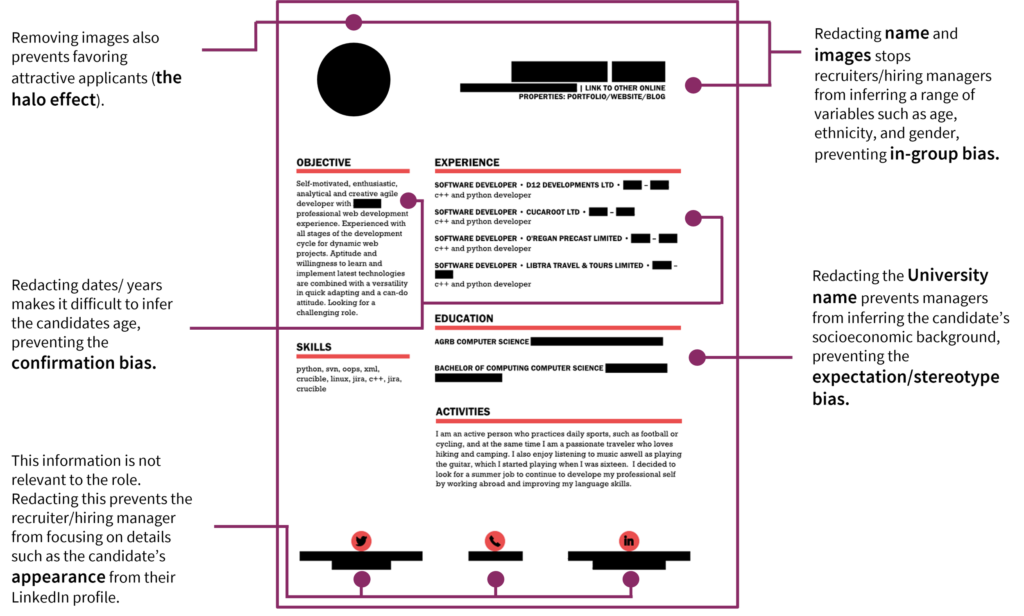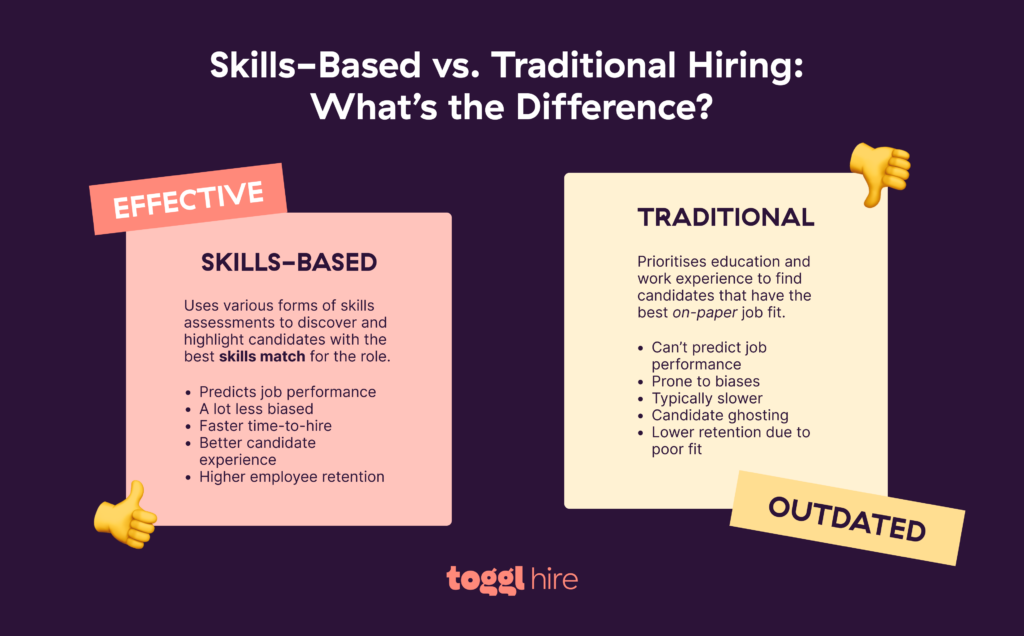Ever feel like you’re constantly juggling career responsibilities and personal commitments with no time for yourself? Well, you’re not alone — 60% of US workers say they don’t have boundaries between work and personal lives.
With our pockets constantly buzzing with notifications, it’s like we’re always in the office. And even if we’ve physically clocked out for the day, mentally, we’re still drifting back to that unfinished to-do list.
Maintaining a healthy work-life balance has become a massive challenge, which is why time management strategies are so important.
Managing your time effectively is easier said than done. That’s why we’re exploring the best timeboxing apps in 2025 to improve your business productivity and personal well-being.
The best timeboxing apps at a glance
| Tool | Best For |
|---|---|
| Sunsama | An AI-powered timeboxing app for automatically scheduling tasks into your daily routine. It is best for individuals or teams who want to prioritize tasks with minimal manual work. |
| Motion | An AI-powered timeboxing app for automatically scheduling tasks into your daily routine. Best for individuals or teams who want to prioritize tasks with minimal manual work. |
| Toggl Track | A productivity app that manages tasks and organizes time effectively. It is best for freelancers and small teams seeking an affordable and feature-rich tool. |
| TickTick | A productivity app that manages tasks and organizes time effectively. It is best for freelancers and small teams seeking an affordable, feature-rich tool. |
| Any.do | A task management app for organizing and managing personal and professional projects. It is best for individuals and small teams who value simplicity and cost-effectiveness. |
| Todoist | A timeboxing app that helps individuals avoid distractions. It is best for individuals who struggle with procrastination. |
| Freedom | A timeboxing app that helps individuals avoid distractions. Best for individuals who struggle with procrastination. |
| Akiflow | A calendar app with plenty of widgets and task management features. It is best for professionals who use Apple products. |
| Playway | A calendar app that integrates with popular project management tools. It is best for teams who use Trello and Jira. |
| Fantastical | A calendar app with plenty of widgets and task management features. Best for professionals who use Apple products. |
Are timeboxing apps different from time-blocking apps?
Timeboxing and time-blocking might sound interchangeable, but they offer unique approaches to managing your schedule. Timeboxing involves setting fixed time slots for individual tasks. This method is great for those who thrive under deadlines and need a structured approach to tackle their to-do list.
Time-blocking involves dedicating specific periods to focus on a set of tasks or a particular type of work. You create blocks for similar activities instead of assigning a time slot to each task. For example, blocking mornings out for creative work and afternoons for admin tasks. This approach is ideal for people who prefer flexibility and find it easier to stay focused when they can switch between similar tasks.
Choosing between the two methods depends on your personal workflow preferences and the nature of your tasks. Timeboxing might be your best bet if you prefer a more rigid structure and clear deadlines. But if you prefer a flexible schedule and can stay focused on similar tasks, time-blocking could be the better way to go.

The best timeboxing apps to add to your tech stack in 2025
Selecting the best timeboxing apps was no easy task, but we approached it with a clear list of criteria! First, we dove into reviews and user feedback to ensure each app had a stellar reputation and offered a fantastic customer experience. For each tool, we included links to their respective G2 and Capterra profiles so you can check out the reviews yourself.
Then, we checked each app included essential timeboxing features that truly boost time management — like timers, time tracking, and distraction blocking. Finally, we aimed to create a diverse list that caters to various needs — whether you’re a freelancer, team leader, or just an everyday person looking to up your personal productivity game.
Sunsama
📌 Sunsama integrates with popular calendar and task tools for easy organization and realistic day-to-day planning.

Sunsama is a daily planning app with timeboxing features that neatly organize your routine into time-specific blocks. It integrates with popular project and task tools like Asana, Notion, Monday, Trello, and ClickUp, allowing you to drag and drop your tasks right into your calendar.
If you exceed your daily working hours, Sunsama sends an unrealistic workload notification. This keeps your workload balanced and helps you avoid burnout.
The manual nature of its planning process can be time-consuming, and the absence of a free plan post-trial may discourage some potential users. While Sunsama offers daily reflections and weekly reviews, it doesn’t have more advanced reporting options.
| ✅ Pros | ❌ Cons |
|---|---|
| • Easy to plan everyday tasks • Keeps your workload realistic • Auto changes your status in Teams or Slack | • Lacks advanced reporting capabilities • Doesn’t have a free plan • Planning is more manual than automated |
Pricing and plans
Monthly subscription: From $16 per user/mo billed annually. Access to all features. Comes with a 14-day free trial.
Capterra: 4.7 (25)
Why we recommend this tool: No one wants to take on more work than they can handle, but most of us are guilty of doing it from time to time. Sunsama offers a proactive approach to prevent burnout.
Motion
📌 Motion is an AI-powered timeboxing app that accelerates task management by intelligently scheduling tasks into your daily routine.

Motion does the heavy lifting for you. With the power of AI, you don’t need to manually set your tasks for the day or reschedule them if they’re not completed.
For each task, fill out the expected completion time, the due date, and your preferred timeframe. You also have the option to add notes, a start date, and labels for organization. Then, Motion will auto-schedule these and automatically block tasks and focus time on your calendar.
Users report the app being slow and buggy sometimes, which isn’t great when trying to manage your time effectively. It can be a bit pricey for individual users, and those wanting more reporting capabilities might be disappointed.
| ✅ Pros | ❌ Cons |
|---|---|
| • Auto-scheduling features • Prioritizes specific tasks based on priority, deadlines, duration, and working hours • Can reschedule tasks when unexpected events happen | • Team collaboration isn’t great • Takes a while to set up • Lacks reporting tools |
Pricing and plans
- Individual: from $19/mo. Supports one user. Includes meeting booking pages and templates.
- Business Standard: from $12 per user/mo. Supports teams of 20 users or less. Adds project workflow automation for ten concurrent workflows.
- Business Pro: Supports teams of 20 users or more. Booking a demo to learn more about pricing. Includes unlimited workflows and API access.
G2: 4.0 (93), Capterra: 4.3 (47)
Why we recommend this tool: Planning your week can sometimes take up to half a day. Motion wins time back by automatically organizing and prioritizing tasks for you.
Toggl Track
📌 Toggl Track combines time tracking and timesheet management to increase your focus and productivity in an easy-to-use platform.

If you’re looking for integration with over 100 popular tools, advanced reporting capabilities, and a super easy-to-use and intuitive interface, Toggl Track is for you! Drag and drop tasks to schedule time blocks on your calendar, and then log time for these tasks in real time and all in the same place.
Toggl Track helps you complete tasks on time during predetermined specific time slots. Visibility into individual task duration improves your focus and productivity in the long run.
Use summary, detailed, or weekly reports to see everyone’s tracked time and productivity, generate timesheets, and spot productivity gaps. Whether you’re interested in a free or team plan, Toggl Track has you covered.
| ✅ Pros | ❌ Cons |
|---|---|
| • Free plan • Ease of use across all platforms • Detailed, customizable reports • Built-in time-tracking | • Five-user limit for free plan |
Pricing and plans
- Free: Free for up to five users. Comes with unlimited time tracking, clients, and tags.
- Starter: From $9 per user/mo. Adds billable rates, project templates, and time estimates and alerts.
- Premium: From $18 per user/mo. Includes timesheet approvals, project forecasts, and team labor costs.
- Enterprise: Custom pricing. Comes with multiple workspaces under one organization and priority support.
G2: 4.6 (1,572), Capterra: 4.7 (2,532)
Why we recommend this tool: Toggl Track has the best time blocking and work hours tracking for teams. If you want a free plan, Toggl Track has a powerful, unlimited one. Teams wanting more features will enjoy Toggl Track’s affordable options packed with helpful capabilities.
TickTick
📌 TickTick is a timeboxing and productivity app that helps individuals and teams manage tasks, organize their time, and become more productive.

TickTick makes it easy to organize tasks and plan your day, week, or month accordingly. Ever heard of the Pomodoro technique? It’s when you break down your tasks into bite-sized chunks. With a Pomodoro timer, you can complete your work in focused sessions, maximizing your productivity.
The platform integrates with popular tools like Outlook, Slack, and Gmail and has many different viewing options—from calendar to Kanban to timeline. Since you can set four priority task levels, you don’t have to worry about procrastination getting in the way of the important stuff. TickTick will ensure you finish those key tasks first!
TickTick doesn’t come with built-in time tracking or time reports. Tracked time data can highlight your time-spending habits and boost productivity. If you have a Premium plan, you can manually add how long each task takes you.
| ✅ Pros | ❌ Cons |
|---|---|
| • Easy to use and beginner-friendly • Organize tasks with features like tags, multi-priority, smart lists, and sorting • Offers a free plan and an affordable paid version | • Timeline and calendar views are only available for Premium • Lacks built-in time tracking • Doesn’t have time reports • You can only purchase an annual plan |
Pricing and plans
- Free: Free for one user. Great for organizing a to-do list.
- Premium: From $35.99 per year. Includes premium features like multiple calendar views, task duration, and statistics.
G2: 4.6 (106), Capterra: 4.7 (123)
Why we recommend this tool: TickTick is an affordable, user-friendly option for freelancers and small teams. You can try the free version or upgrade to a Premium plan that’s less pricey than competitors but still packed with great features.
Any.do
📌 Any.do is a to-do list and timeboxing app for organizing tasks, managing calendar events, and planning daily work.

Any.do simplifies task management whether you’re on your phone, computer, tablet, or even your watch. It’s perfect for the busy student, parent, or freelancer—which is reflected in the cost. You can set a daily planner, and trigger reminders so you never forget an important task.
The Premium plan delivers access to color coding tags, integrations, and more reminder features. Remember that this isn’t the best tool for teamwork, as it doesn’t have the same functionality as a project management tool. However, it’s a cheap option for individuals and everyday use.
| ✅ Pros | ❌ Cons |
|---|---|
| • Available on multiple platforms • Affordable for individuals • Can send smart, personalized suggestions | • Doesn’t have many advanced features • Lacks built-in time tracking • Lacks functionality for teams |
Pricing and plans
- Personal: Free for one user. It comes with reminders and a daily planner and allows you to sync across all devices.
- Premium: From $4.99/mo when billed annually. It includes AI-powered features, color tags, and location reminders.
- Family: From $8.33/mo for four members when billed annually. Adds a shared family space and up to four shared projects.
G2: 4.2 (193), Capterra: 4.4 (177)
Why we recommend this tool: If you’re looking for a way to manage your tasks (and only your tasks), then it doesn’t get much better than Any.do. It’s affordable, you can use it anywhere, and it has an intuitive interface.
Todoist
📌 Todoist is a task management app for managing simple and professional projects.

Yep, Todoist is great for your personal and professional life! You can prioritize your task list based on labels and deadlines. It also integrates with your favorite third-party apps like Slack and Zendesk.
Todoist comes with an AI assistant for breaking down tasks, suggesting tasks for projects, or even renaming tasks for better actionability.
While it falls short in handling complex projects, it’s ideal for basic tasks and project management, great for individuals and small teams who value simplicity and cost-effectiveness.
| ✅ Pros | ❌ Cons |
|---|---|
| • Offers project templates • Different view options (like lists, calendars, Kanban) • User-friendly on all platforms | • Doesn’t have advanced project management tools • Not great for larger teams |
Pricing and plans
- Beginner: Free to use. Comes with five personal projects and three filter views.
- Pro: From $4/mo when billed annually. It includes 300 personal projects and an AI assistant.
- Business: From $6 per user/mo when billed annually. Adds a shared team workspace with up to 500 team projects.
G2: 4.4 (800) Capterra: 4.6 (2,526)
Why we recommend this tool: With a user-friendly interface, all the essential features (like Kanban boards, lists, and calendars), and a good price tag, Todoist is a great choice for small to medium businesses or individuals.
Freedom
📌 Freedom is a timeboxing app for individuals who need to avoid distractions and focus on their work by blocking websites and apps.

Freedom lets you create custom blocklists with the websites and apps you want to block. You can also block all websites and add exceptions for the ones you need. This blocklist is synced across all platforms, including Mac, Windows, Android, iOS, and Chrome.
Plus, with a locked mode, it won’t let your distractions get the best of you. When enabled, this feature doesn’t let you end a Freedom session to keep you focused. You can schedule these focus sessions so they begin automatically.
Unfortunately, Freedom lacks tool integrations or comprehensive task management features. But it’s a great app to optimize your workday if you want to stop wasting time on distractions and spend more time on your tasks.
| ✅ Pros | ❌ Cons |
|---|---|
| • Syncs your blocked apps across platforms • Comes with ambient sounds for deep work • Advanced scheduling features | • Lacks task management features • Not great for teams • Lack of integrations |
Pricing and plans
- Free: Offers a free plan with limited features.
- Premium: From $3.33/mo when paid annually or $8.99 when paid monthly. Comes with browser extensions, focus music, and locked mode.
- Forever: A one-time payment of $99.50. Has all the same perks as Premium without a recurring fee.
G2: 5.0 (6)
Why we recommend this tool: If you’re a procrastinator (no shame) then Freedom is the tool to stay focused.
Akiflow
📌 Akiflow is a timeboxing app for boosting team productivity, managing tasks, and planning calendars and schedules in one place.

If you’re tired of juggling apps and tools, Akiflow can make your life much easier. It integrates tasks from different apps, such as ClickUp, Notion, Google Calendar, and Gmail, into one centralized location.
Akiflow also has powerful scheduling features, like time blocking and meeting booking. It also has a guided planning feature to help you plan your schedule and review your daily performance.
Remember that Akiflow is priced higher than other timeboxing apps, which might deter budget-conscious users. If you like using desktop apps, you’ll have no problem. However, users who prefer mobile apps might be disappointed.
| ✅ Pros | ❌ Cons |
|---|---|
| • Lets you block time slots for tasks • Task consolidation • Has a range of views (calendar, upcoming, plan) | • Mobile app must be used in conjunction with the desktop • Pricier compared to other options |
Pricing and plans
- Monthly: From $34/mo. Comes with unlimited integrations, tasks, and meetings.
- Yearly: From $9.5/mo.
G2: 5.0 (33), Capterra: 4.8 (92)
Why we recommend this tool: Freelancers or busy professionals benefit most from Akiflow. It can ease some stress if you’re feeling overwhelmed at work, thanks to how easily it manages and consolidates your tasks.
Planyway
📌 Planyway is a team calendar and timeline tool for project planning and time management.

Planyway lets you track the progress of projects in a timeline view, time block tasks, plan workloads, track time, and sync your calendars to keep all tasks and deadlines in one place. With Trello, Jira, and GitHub integrations, Planyway gives you a visual overview of tasks, deadlines, and team workload.
You can also see time entries in the list or calendar view and log time directly in Trello cards. Some users say Planyway isn’t user-friendly on mobile devices. But if you’re mainly working on your desktop and want a tool that makes it easy to customize your checklist and view, then you shouldn’t have a problem with Planyway.
| ✅ Pros | ❌ Cons |
|---|---|
| • Integrates with Trello, Jira, and GitHub • Beautiful, intuitive interface • Great organizational features | • Mobile app is subpar • Lacks other integrations |
Pricing and plans
- Free: Comes with filters and calendar views.
- Individual: From $4/mo. Includes multi-board view, automated time tracking, and subtasks visualization.
- Team: From $3 per user/mo. Adds shared team workspace with team timeline and team time tracking.
- Enterprise: Contact sales for pricing. Comes with extra security requirements and dedicated customer success.
G2: 4.4 (18), Capterra: 4.5 (298)
Why we recommend this tool: If you’re a big fan of Trello and Jira and are in the market for a calendar planning tool, Planyway should be one of your top picks. With the ability to organize by different views, you can visualize your schedule according to your personal preferences.
Fantastical
📌 Fantastical is a calendar app for managing your tasks, meetings, and events all in the same place.

Fantastical is designed for iOS and Apple products with features like calendar management, weather integration, and basic task management. If you want an alternative to Apple Calendar, Fantastical is your go-to.
Fantastical now offers a Windows app in the Microsoft Store, but most unique widgets are tailored for Apple products. You can toggle between light and dark mode and organize your calls and meetings—but there aren’t robust time tracking capabilities.
| ✅ Pros | ❌ Cons |
|---|---|
| • Apple widgets and integrations • Task management features • Weather updates | • Designed for Apple users • Users report not being happy with the switch from one-time payments to a subscription model |
Pricing and plans
- Free: Free to use with one calendar set, events, tasks, and notifications.
- Individuals: From $4.75/mo, billed annually. It comes with unlimited calendar sets, Apple Watch support, and scheduling features.
- Teams: From $4.75 per user/mo, billed annually, this service lets you manage any number of users who each have their own account.
G2: 4.4 (16), Capterra: 4.8 (20)
Why we recommend this tool: If you’re loyal to Apple (and like all the fancy widgets), then you’ll enjoy Fantastical’s interface. And you’ll never miss another task again since it offers 14 different widgets for your home screen.
What makes a great time boxing app?
You might be scanning the list and thinking, “These are all great options!” First, you’d be right; that’s why they made our list. But as you start comparing different apps head-to-head, it’s important to know what to look for.
A great time boxing app should have several key features setting it apart. Here’s what defines an outstanding time boxing app:
- User-friendliness: The app should be intuitive and easy to use, allowing you to quickly set up and manage your time blocks without a steep learning curve.
- Customization options: Look for apps that customize your time blocks, set reminders, and adjust settings to fit your unique workflow.
- Integration capabilities: Choose an app that integrates with other productivity tools, calendars, and apps you already use.
- Effortless task management: These are all about boosting productivity, so the app should make it easy to add, edit, and organize tasks within your time blocks.
How to integrate time management into your workflows
Setting clear priorities daily is the best way to start taking back your time. Figure out your most important tasks and focus on those first. Your timeboxing app should also support this prioritization. Using technology isn’t cheating; consider it a shortcut to getting things done.
Time boxing (and time blocking, if that’s more your vibe) is a great way to schedule your tasks and improve operational efficiency. Dedicate specific periods to focus on a set of tasks or a particular type of work. And as tempting as it is, avoid distracting yourself with social media or the news!
With these tips, create a balanced routine incorporating your professional responsibilities and personal commitments. No one wants to suffer from burnout. Here are some of our favorite time management techniques you can steal:
- Set clear boundaries and stick to them
- Schedule some “me time” to focus on your well-being
- Say “no” sometimes if your schedule is full
- Take regular breaks to break up focus and relaxation time
- Use a timeboxing app to stay organized and on track
Try Toggl Track for time tracking accuracy
Toggl Track is an excellent addition to your larger timeboxing strategy because it seamlessly integrates with your to-do lists and task management apps. With a browser extension, you can track time effortlessly anywhere — say goodbye to tool fatigue!
While some timeboxing apps offer basic time tracking, Toggl Track takes it to the next level with comprehensive and customizable reporting features. These features allow you to identify inefficiencies and optimize your schedule.
Sign up for a free Toggl Track account and find out exactly what we mean!
Michelle is an experienced freelance writer who loves applying research and creative storytelling to the content she creates. She writes about B2B SaaS software while also participating in conversations about other industries, such as the digital publishing landscape, sports, and travel.



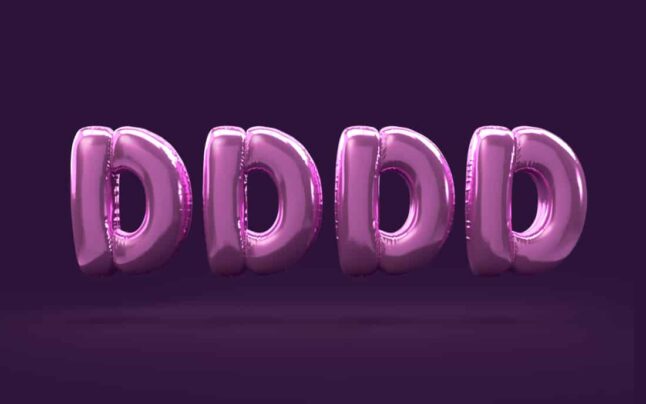

![Why the Brain Sucks at Time Management [Comic]](https://toggl.com/blog/wp-content/uploads/2015/02/perception-of-time-673x404.jpg)










